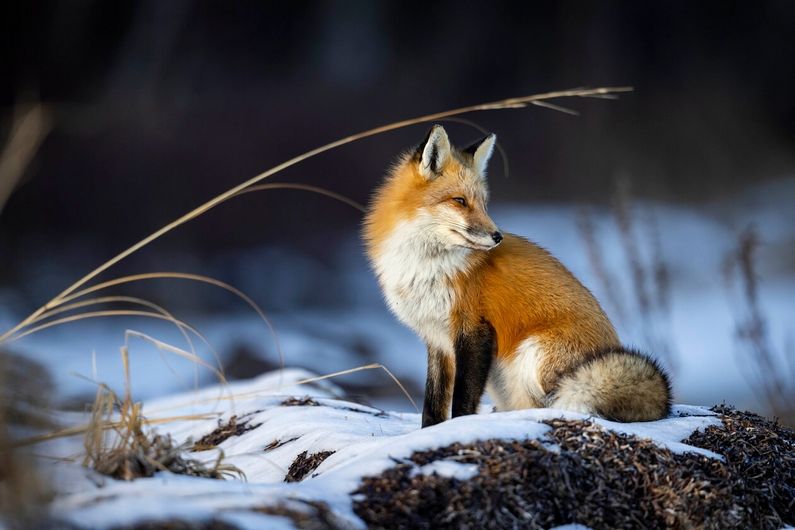Climate change: what if diseases move south rather than north?
- UdeMNouvelles
04/04/2023
- Béatrice St-Cyr-Leroux
A cross-Canada team of researchers has put forward the hypothesis that climate change may be spreading infectious diseases southwards, back to where their host species came from.
Observations and mathematical models generally show climate change spreading animal diseases north, since host species tend to expand their territory to wherever the climate allows them to live.
But a research team that includes Patrick Leighton, a professor at Université de Montréal’s Faculty of Veterinary Medicine, has come up with a counterintuitive alternative scenario.
The researchers posit that climate change could actually send diseases southwards, back to where their host species came from.
Traditionally live separate
To investigate this theory, the team hypothesized the existence of two species that can carry the same disease, but traditionally live separately from each other due to different thermic habitats. In their simulation, before the climate started changing, the disease would only have circulated in the more northerly species.
Although this simulation wasn’t linked to a specific disease, it nevertheless was inspired by what may happen with Arctic and red foxes. In Quebec, Artic foxes live north of James Bay and are known to carry a variant of rabies that's forever present in varying degrees, depending on the year.
Meanwhile, red foxes can be found across Quebec, but are increasingly moving north thanks to global warming and other human-induced changes that are turning the Arctic into a more hospitable environment for them. Consequently, red fox populations are increasingly overlapping those of Arctic foxes, with whom they compete for food and shelter in the north.
Scientists fear that red foxes will become infected by rabies from Arctic foxes and that they’ll carry the disease to the southern regions of their habitat.
“Our mathematical model shows that, if two species capable of spreading a disease interact because global warming is encouraging one of them to move north, this contact between the species creates a bridge that can carry that disease south,” said Leighton.
May apply to many diseases
Leighton believes that since this is a general model, these findings may apply for all kinds of diseases, whether bacterial, viral, zoonotic or non-zoonotic, as long as the conditions for their transmission also exist in the south.
He thinks this is the first big step in raising awareness of the risk that had been limited to the north and that now may spread due to climate change. Better understanding how diseases spread allows preventive measures to be taken: establishing public and private sector oversight, educating potentially affected populations and vaccinating host species.
In the case of the Arctic rabies variant, if the disease were to move to the more heavily populated south, the actions that must be taken to protect animal and human heath would be extremely costly, Leighton said. He's therefore advocating for a preventive approach to protect domestic and wild animals, as well as humans.













